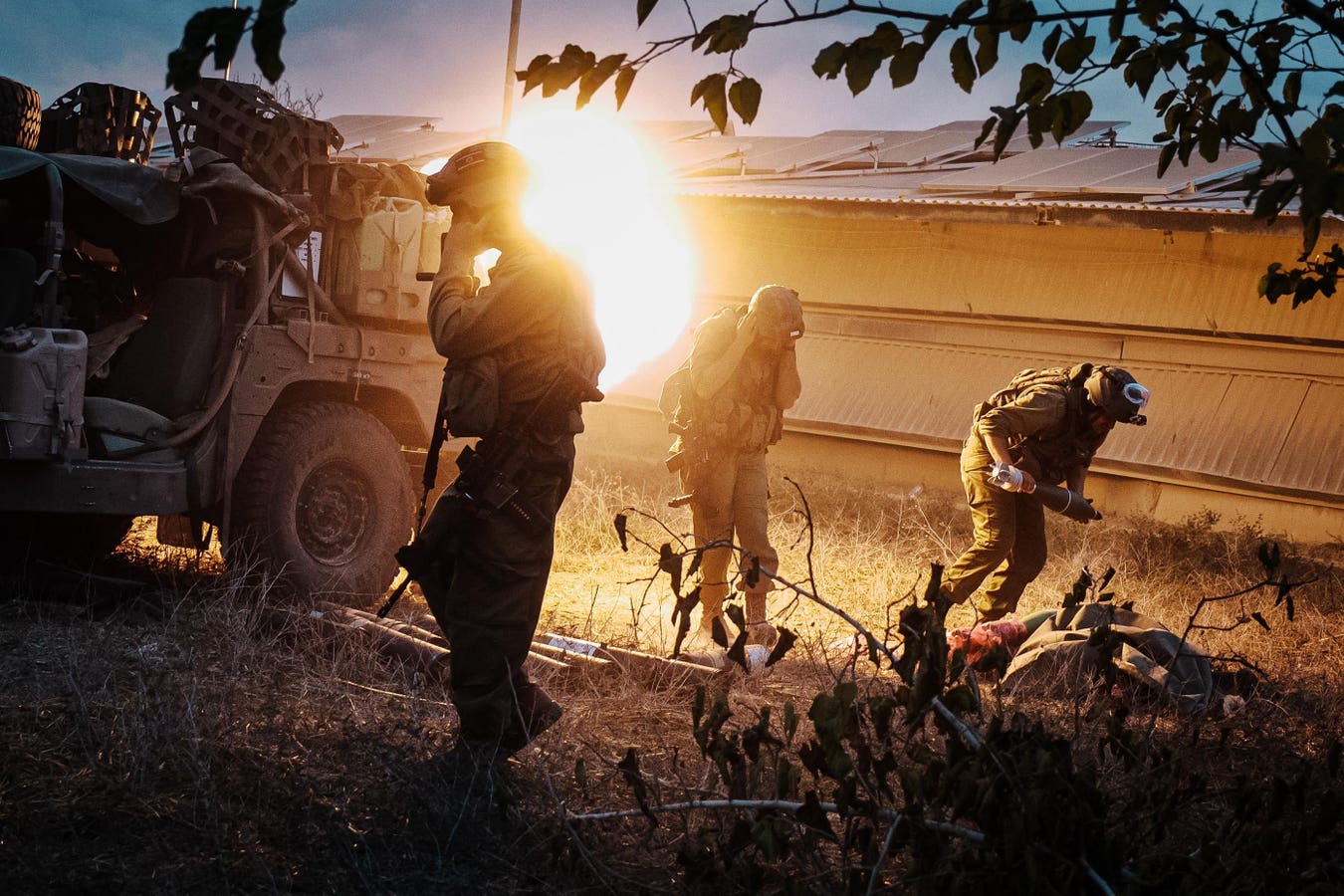The Jerusalem Post reports that Hamas rocket fire from Gaza has dropped in recent days. The IDF’s mortars have likely contributed significantly to the decrease.
While drones are the newest tools in the Israel Defense Forces’ (IDF) kit, precision mortars are being used extensively in the Gaza Strip to take out Hamas’ rockets, rocket launcher pads, anti-tank missiles, command posts and terrorist cells within the territory.
Mortars have historically been highly-favored indirect fire assets for squads, platoons and other small infantry formations. They add a relatively heavy fires capability to such units, capable of reaching over obstacles to strike targets at short range.
Mortar Teams from the U.S. Army’s 82nd Airborne Division have adopted the catchphrase, “High Angle Hell,” to describe the lethality of their weapons and skills. The efficacy of modern mortars is on display in the Israel-Gaza War.
Most recently, the IDF’s “Iron Sting” mortar system has been highlighted in media reports from the fluid front lines around northern Gaza. Technically, Iron Sling is not a mortar-launcher but rather the munition which fires from a 120 mm Recoil Mortar System (RMS) called CARDOM, manufactured by Soltam Systems, a subsidiary of Israel’s Elbit Systems.
The 120mm Iron Sting munition or “mortar bomb” has a kit which incorporates a laser seeker and GPS receiver in a nose-cone linked to a moveable-fin tail-cone. The munition is loaded into Elbit’s CARDOM (Keshet in IDF service) mortar mounted on IDF M1064 tracked carriers or Humvees (where the mortar is called the CARDOM Spear or “Hanit” in Israel).
According to Janes, all IDF mortar vehicles are equipped with a terminal for Elbit Systems’ Digital Ground Army network system, which sends targeting data (from Israeli Air Force aircraft or other platforms) to the mortar’s fire-control computer to improve the accuracy of unguided rounds.
The difference with Iron Sting is that the targeting data is automatically loaded into the munition’s seeker-sensors before firing, not just into the mortar’s integrated navigation and self-positioning and aiming systems.
The result is precision targeted mortar fire with a munition offering 1-12 km range and a warhead capable of penetrating Double Reinforced Concrete (DRC) blast and fragmentation effects according to Elbit.
In late October, the Israeli Defense Ministry released video of strikes from Iron Sting-loaded mortars targeting Hamas rocket launchers. Likely shot from drones above the targets, the footage is reminiscent of many similar videos of precision guided munitions (PGMs) hitting targets in Ukraine, Afghanistan and elsewhere.
But the reports and the videos leave aside the broader precision capability that Israeli guided mortars had prior to development of the Iron Sting munition. The CARDOM vehicle mounted mortar system offered by Elbit (also in use with U.S. Army Stryker Brigades and infantry as well as NATO armies) automatically integrates received targeting data with mortar’s navigation and self-positioning and aiming systems.
The combination yields target accuracy (referred to as Circular Error Probable) below 33 meters, while increasing the effective range beyond 7 km. Israeli vehicle-mounted Keshet and Hanit CARDOMs can fire other Elbit mortar rounds including its Stylet short-range (1-8.5 km) and Rapier long-range (up to 16 km) guided mortar munitions.
Both are 120mm rounds and are likely the most in-use types of rounds with the guided mortars that the IDF is using in Gaza. While they don’t have the direct laser/GPS capability that Iron Sting munitions have, Elbit does offer a Laser and GPS-Guided Mortar Kit (LG MK) that converts standard ammunition to self-guided mortar bombs.
It’s unclear how widely Iron Sting is in use. The IDF began acquiring the munitions in 2021 and 2022 for its reconnaissance units including its Unit 212 (Sayeret Maglan) commando team. Such units are logically given priority for Iron Sting and probably use the weapons selectively given their cost-per-shot.
Ironically, observers have noted that the very accuracy that allows Iron Sting mortar fire to be placed precisely on target actually increases the risk of fratricide since commanders on the ground may be more inclined to go after targets very near friendly troops.
But the effectiveness of mortars in general and of guided mortars/mortar munitions is of high value to the IDF in Gaza. The High Angle Hell that both IDF and Hamas mortars deliver will remain in demand well after the dust settles.
Read the full article here





